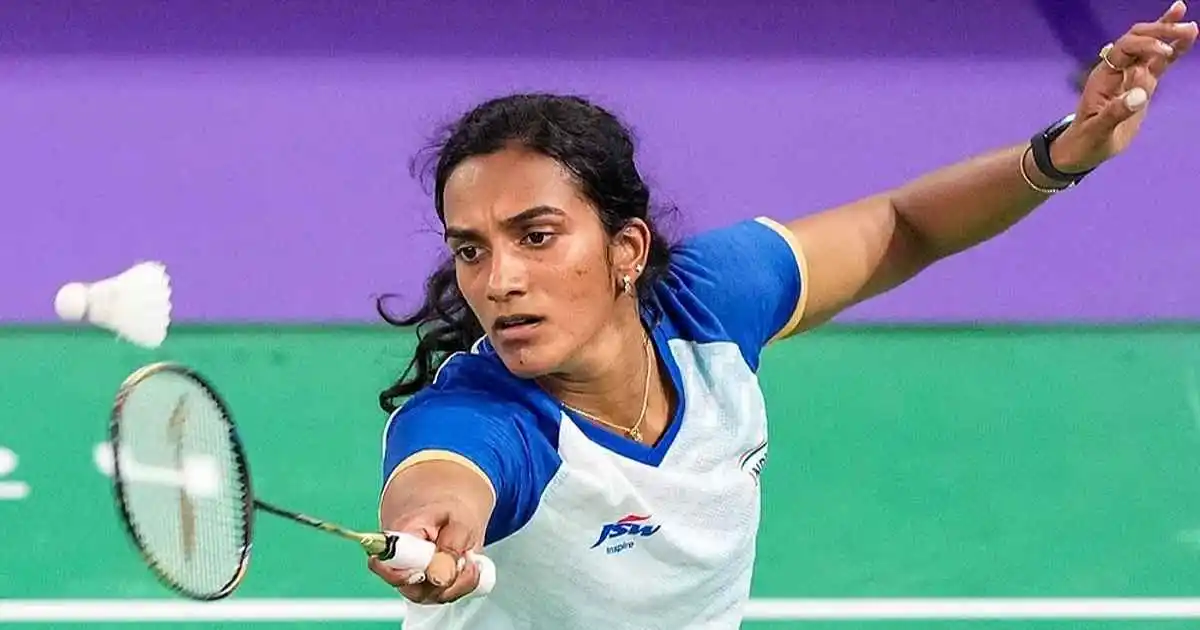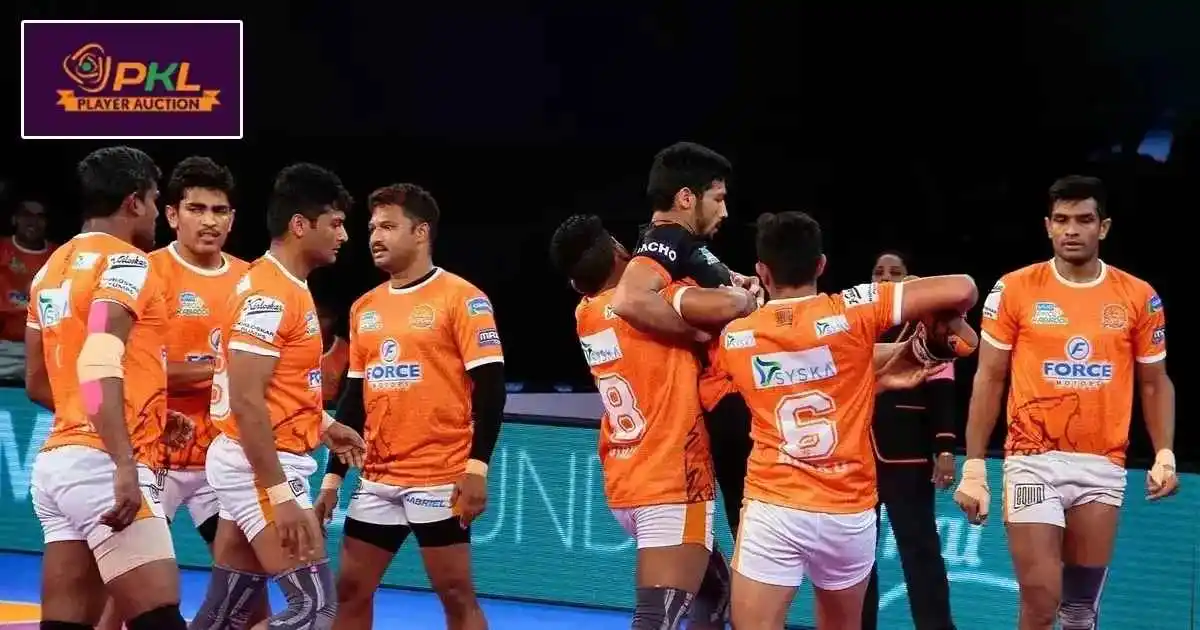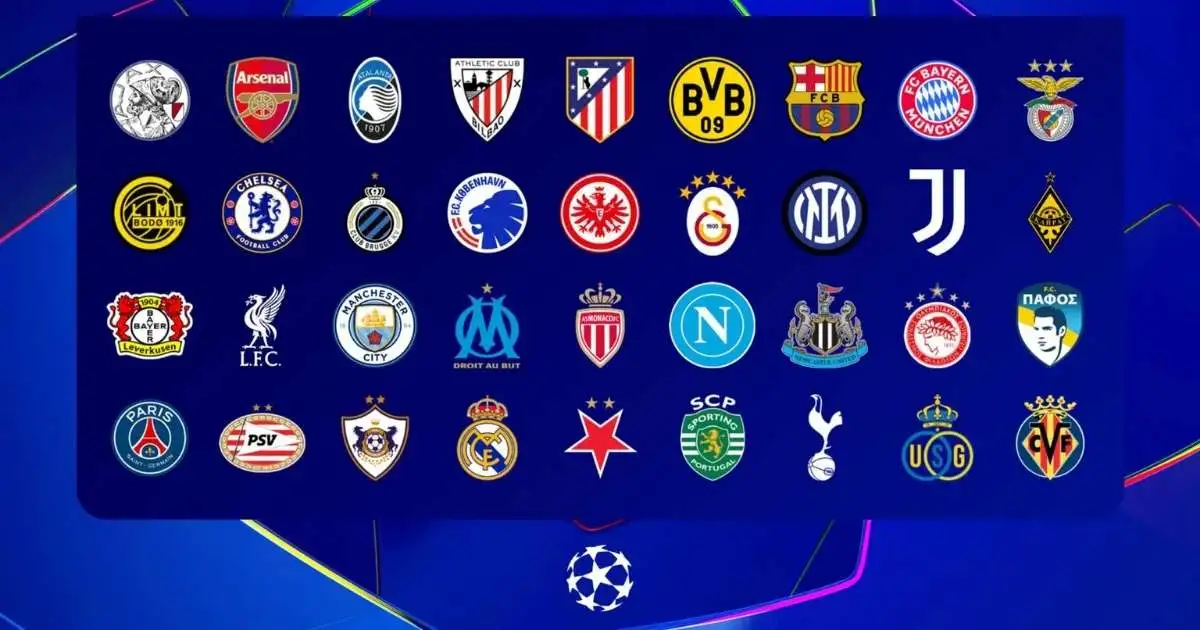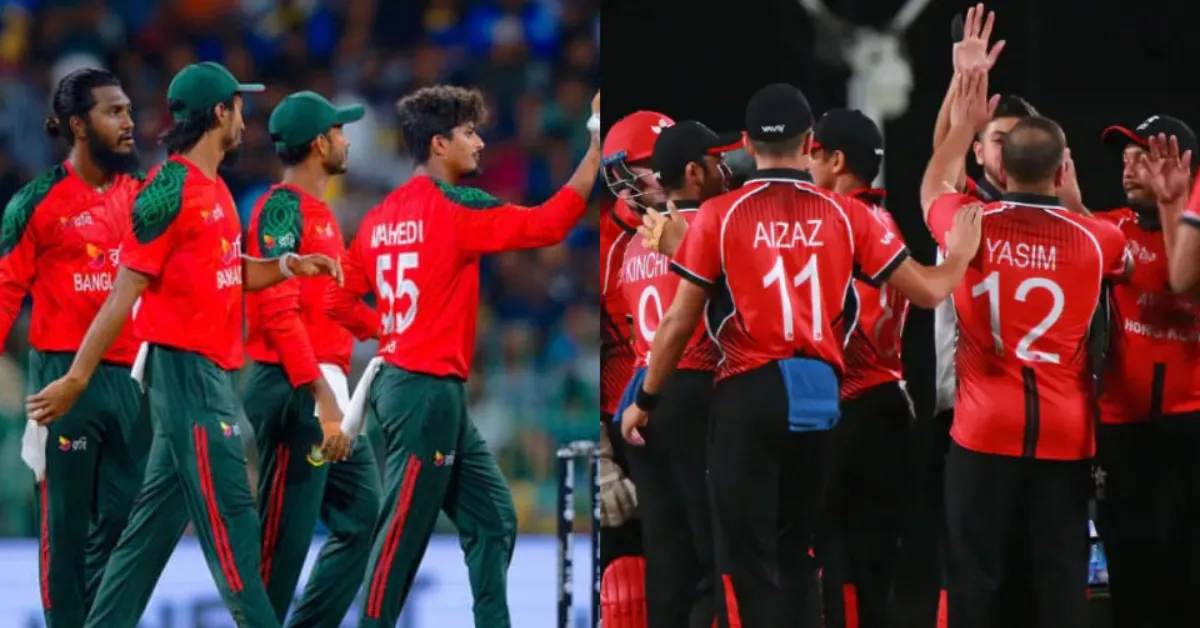Arsenal vs Leeds United is one of English football’s more intriguing fixtures: a traditional heavyweight with a refined positional play identity against a spirited side that thrives on intensity and transitions. Today’s matchup promises a tactical chess game defined by pressing triggers, wide overloads, and the battle for second balls. This article delivers a comprehensive, fan-friendly and analyst-ready guide: match context, predicted lineups, tactical blueprints, key player matchups, how to follow and embed, and an FAQ. A post-match analysis framework is also included to help quickly make sense of the result when the final whistle blows.
“Matches like Arsenal vs Leeds hinge on control versus chaos—who imposes their tempo, and who wins the spaces between the lines.”
Match Context and Stakes
- Form and momentum matter in this fixture. Arsenal’s identity revolves around controlled possession, rapid rest-defense transitions, and high-quality chance creation through structured patterns. Leeds, historically dynamic and direct, often look to disrupt rhythm, win duels, and attack quickly after turnovers.
- The stakes vary depending on competition context (league vs. cup), but the principles remain: Arsenal will aim to compress the game in the opposition half; Leeds will seek to stretch the field and exploit moments before Arsenal’s defensive shape resets.
How to Watch and Follow: Streaming and Live Updates
- Broadcast: Check local listings and official broadcasters in the region.
- Streaming: Follow official club websites/apps or licensed OTT platforms in the territory.
- Live updates: The official club X/Twitter accounts, live blogs, and reputable football data sites provide minute-by-minute commentary, xG updates, and lineup confirmations.
Probable Lineups and Formations
Note: Exact elevens depend on late fitness tests and rotation strategy. Treat the following as a tactical guide rather than confirmation.
- Arsenal (4-3-3 or 4-2-3-1)
- Goalkeeper: Ball-playing keeper comfortable sweeping behind a high line.
- Defense: Inverted full-back on one flank to form a 3-2 build shape; the opposite full-back provides width and overlaps.
- Midfield: One controller (6) plus an advanced 8 who arrives in the box; the other midfielder toggles between supporting the left half-space and counter-pressing.
- Attack: A wide right creator who attacks the half-space, a left winger who can drive inside or isolate 1v1, and a 9 who presses the first line and links play.
- Leeds United (4-2-3-1 or 4-3-3)
- Goalkeeper: Shot-stopper with quick distribution for transition launches.
- Defense: Full-backs tasked with aggressive duels; center-backs must handle isolation against a mobile 9.
- Midfield: Double pivot for stability and ball-winning; a 10 who joins transition runs.
- Attack: Wingers that break into space quickly; a center-forward who stretches the line and attacks crosses.
Tactical Preview
Arsenal in Possession
- Build shape: Often a 3-2 under construction—one full-back tucks in alongside two center-backs, with the holding midfielder forming the “2” to secure rest defense.
- Chance creation: Right half-space rotations are a hallmark—overlaps/underlaps draw full-backs inside to free the winger for cut-backs. On the left, inside-out patterns aim to isolate the full-back or find late midfield arrivals.
- Set-pieces: Arsenal emphasize rehearsed routines—near-post flicks, outswingers targeted to aerial threats, and second-phase shots from the D.
Leeds in Possession
- Transitions: Quick verticality is the core. The first forward pass after a regain looks to attack the channel behind the advanced full-back.
- Width and crossing: Leeds often prioritize early crosses or quick switch passes to attack the far post, especially against compact low blocks.
- Set-pieces: Delivery to aerial targets with crowding around the six-yard box to challenge zonal markers.
Off-Ball and Pressing
- Arsenal: High press triggers on back-pass or poor touch; cut central lanes and force play into touchline traps. Counter-press immediately upon losing the ball, especially in the right half-space.
- Leeds: Engage with a mid-to-high press in spells, marking the pivot and forcing the ball wide, then jumping aggressively on triggers. Expect periods of compactness before explosive pressing bursts.
Key Battles
- Wide Right vs Leeds’ Left-Back: Arsenal’s right winger against an aggressive full-back will determine territory. If Arsenal win repeated 1v1s, Leeds could be pinned deep.
- Leeds’ Transition 10 vs Arsenal’s 6: The midfield controller must anticipate through-balls and track late runs to prevent high-value transition shots.
- Aerial Duels on Set-Pieces: Both teams rely on set-pieces in tight matches. First-contact wins and second-ball organization could swing momentum.

Metrics to Watch
- Field Tilt (possession in final third vs opponent’s): Indicates territorial control.
- PPDA (passes per defensive action): Lower numbers suggest more intense pressing.
- Final third entries and penalty-area touches: Good proxy for sustained pressure.
- Expected Goals (xG) and Shot Quality: A few high-quality chances often beat many low-quality efforts.
- Turnovers in central zones: Predictive of dangerous transitions conceded.
Game Plan Scenarios
- If Arsenal Lead Early
- Expect slower tempo, longer possession sequences, and emphasis on rest defense. The left-sided 8 may stay deeper to prevent counter lanes.
- If Leeds Score First
- Game opens up. Arsenal may commit full-backs higher and shift to a 2-3-5 in settled possession, which increases Leeds’ transition opportunities.
- Stalemate at Halftime
- Watch for substitutions: A fresh runner at 9 to attack near-post space for Arsenal; for Leeds, an extra ball-winner or pacey winger to exploit tiring full-backs.
Set-Piece Spotlight
- Corners: Arsenal may stack near-post runners to flick on to the far post; Leeds can flood the six-yard area to disrupt the keeper.
- Free-kicks: Wall manipulation with decoys; Leeds might target the back stick with late, blind-side runs.
In-Game Adjustments to Expect
- Inversion Flips: Arsenal could invert the opposite full-back after halftime to change the build angle.
- Leeds’ Pressing Cadence: They may alternate between mid-block and targeted high-press phases to avoid fatigue and remain unpredictable.
- Rotations at 60–70 Minutes: Fresh overlapping full-back for thrust; impact winger for 1v1 threat late on.
Historical Texture and Style Contrast
- The fixture has produced classic moments defined by high tempo and tactical tension. Arsenal traditionally prefer structure and positional control; Leeds embrace intensity and verticality. The outcome often reflects whose identity dominates the rhythm.
Practical Viewing Notes for Fans
- Expect early pressing from both sides—first 15 minutes often reveal pressing courage and build-up confidence.
- The first clean entry to the byline commonly precedes the highest xG chance in open play.
- Keep an eye on goalkeeper distribution patterns; a sudden shift to long diagonals can signal pressure or a targeted mismatch.
Post-Match Analysis Framework
When the final whistle blows, use this checklist to assess the performance beyond the scoreline:
- Possession Quality vs Quantity: Was the possession progressive or sterile?
- Territory: Field tilt and sustained sequences in the attacking third.
- Shot Profile: xG per shot, big chances created/conceded.
- Transition Defense: How many shots did Leeds generate within 8 seconds of regains?
- Set-Pieces: First-contact win rate and second-ball recoveries.
- Substitutions: Did changes improve ball progression or defensive stability?
- Individual Duels: Wingers vs full-backs, 6 vs 10, center-backs vs 9.
“The best indicator of control isn’t possession percentage; it’s where possession happens and how quickly it turns into high-probability chances.”
Frequently Asked Questions (FAQ)
- What time is the Arsenal vs Leeds United match today?
Kickoff times vary by competition and region. Check the official match center or broadcaster in the local time zone. - Where can the match be streamed?
Use the licensed broadcaster or official club platforms in the region. Avoid unverified streams for security and legal reasons. - Who is likely to start?
Expect Arsenal in a 4-3-3/4-2-3-1 with an inverted full-back and a creative right-sided winger; Leeds in a 4-2-3-1/4-3-3 aimed at transitions. Final lineups post 60–75 minutes before kickoff. - What are the key tactical themes?
Arsenal’s right half-space combinations and rest defense vs Leeds’ fast vertical transitions and set-piece pressure. - Which stats matter most?
Field tilt, PPDA, penalty-area touches, xG shot quality, and turnovers leading to shots. - Will set-pieces be decisive?
In closely matched games, yes—near-post routines and second-ball reactions often separate the sides.
Conclusion
Arsenal vs Leeds United today sets up a classic control-versus-chaos narrative. If Arsenal synchronize their right-side patterns, protect rest defense, and dominate set-piece structure, they can impose their tempo. If Leeds disrupt the central channels, win second balls, and spring early outlets into space, they can tilt the match into transition territory. Watch the wide duels, the behavior of the holding midfielder, and the flow of set-pieces—those details usually tell the story long before the score does.
“Games are won not just by ideas, but by repetition: the same runs, the same triggers, the same discipline—until one moment breaks the balance.”













